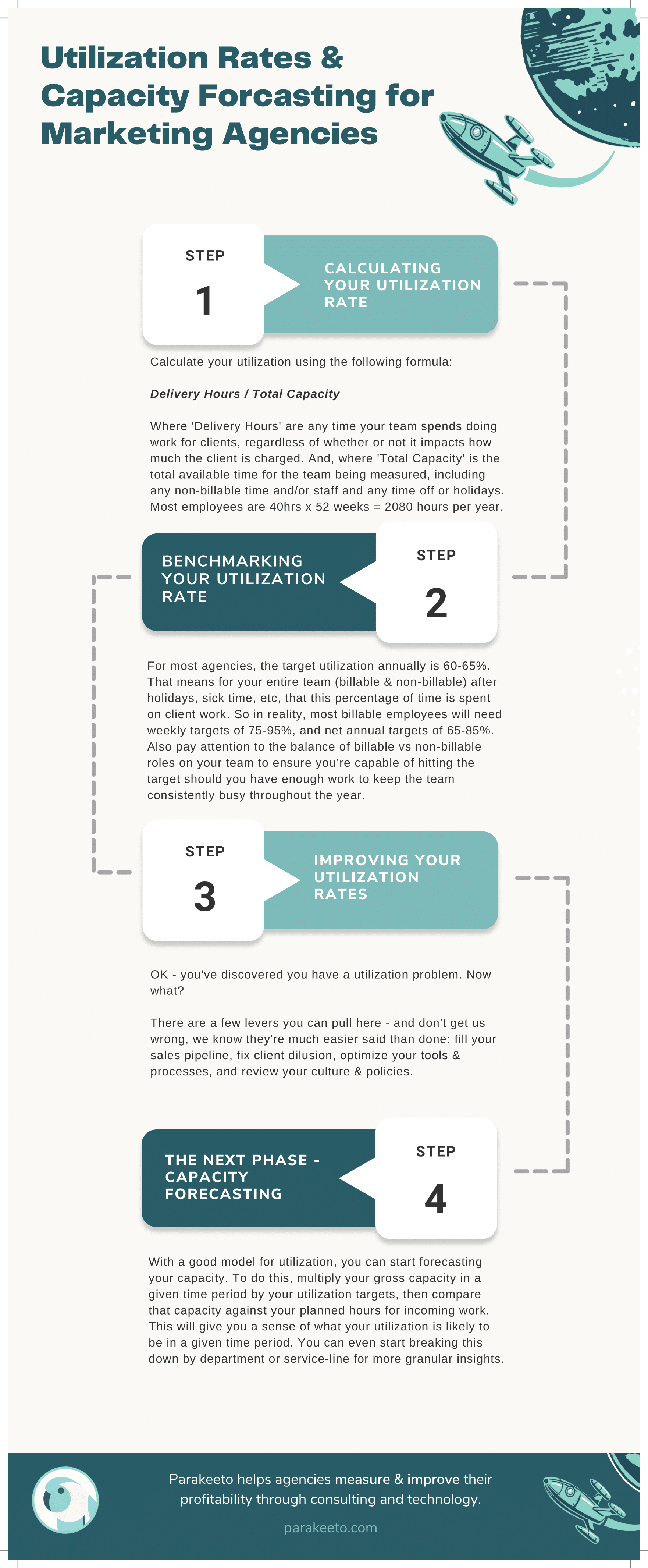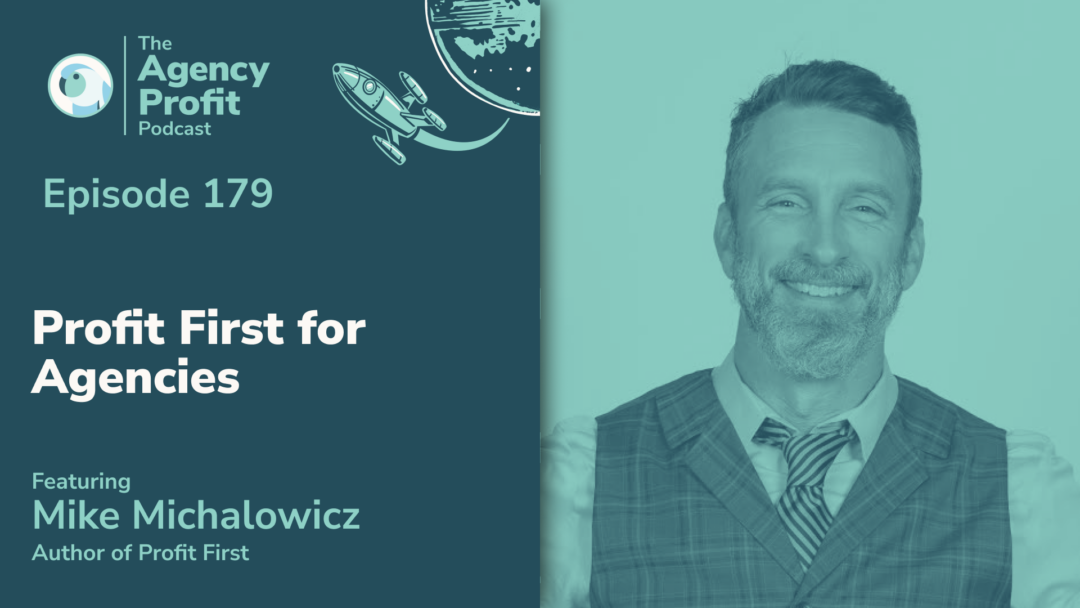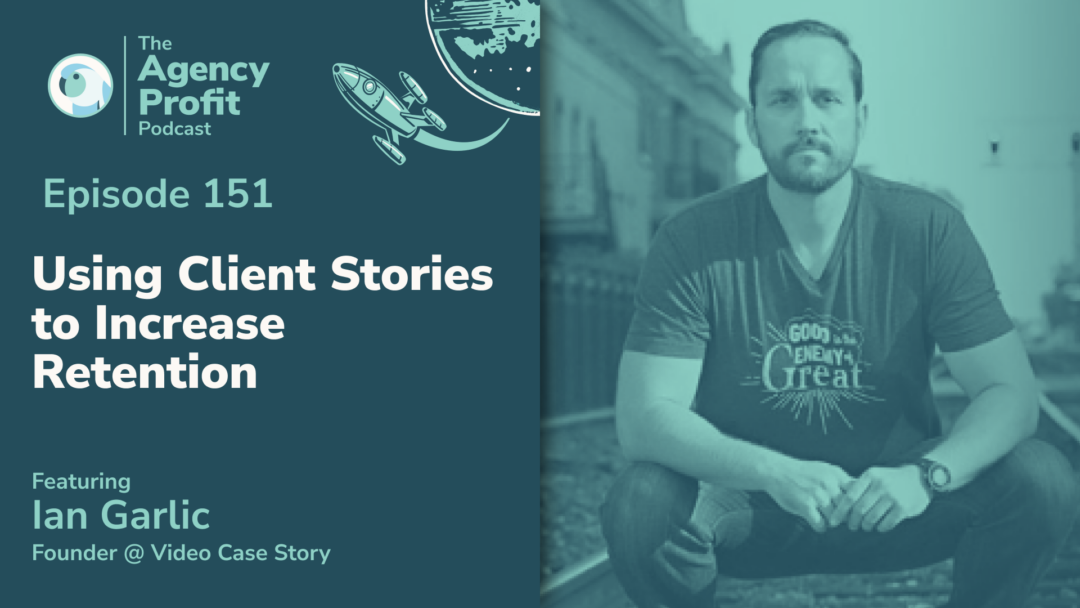What’s the average employee utilization rate? Are we staffed enough to take on this client? How do we even calculate our utilization and forecast capacity? Is our worker utilization rate competitive? When it comes to utilization rate and capacity forecasting for digital agencies there’s no shortage of confusion in the industry about how to do this right.
You might be reading this because you’re not sure how to do it right. Or you might not even be clear on how tracking these metrics can help you. We’re going to answer your questions including, what is a good employee utilization rate and how to calculate employee utilization.

Calculating Employee Utilization Rate
In this guide, we break down exactly how to calculate capacity utilization.
If you’ve found yourself thinking about the following questions, you’re in the right place:
- What’s the average employee utilization rate?
- Do we have enough bandwidth to take on this new client?
- What kind of work should we be selling for next month?
- When will we need to start thinking about hiring, and for what role?
- Is our team spending enough time on client work?
- Can we afford to invest in this internal project?
- Will this project achieve the right profit margin?
- How can we uplevel our project management?
Answering these kinds of questions can feel like a complete guessing game without the right metrics and processes around capacity forecasting in your agency.
As your team gets bigger, overhead costs increase, and growth gets faster – the need to have visibility into your future resourcing needs grows with it.
That’s why in this blog post, we’re going to walk you through everything you need to know about how to effectively track utilization, calculate capacity, and forecast your resourcing needs.
What’s in this guide:
- What is Utilization for Marketing Agencies?
- Average Employee Utilization Rate
- Calculating Utilization Rate for an Agency
- Agency Utilization Rate Formula
- Billable Efficiency Formula
- Digital Agency Utilization Rate Industry Benchmarks
- How to Use Utilization Rates
- How to Improve Utilization Rates
- Calculating Billable Capacity
By then end, you’ll know how to make the right staffing decisions at the right time, and keep up with growth while optimizing cash flow.
We’ll even walk you through what benchmarks to aim your labor utilization rate for, and how to interpret this data to quickly. We’ll help you understand where to take action to improve your agency’s performance. Let’s start things off by looking at utilization rate.
Unsure if your utilization and capacity metrics are giving you the clarity you need? Book a free call to walk through your current setup and discuss potential improvements.
What is Utilization for Marketing Agencies?
In the simplest terms, staff utilization rate tells you how much time your employees spend doing things that earn your revenue. This metric is one of the critical pillars of agency profitability.
It helps you understand:
- If you’ve got enough client work for your team to do.
- If you’re asking your team to spend too much time on administrative/non-Delivery tasks.
- How efficiently you’re earning revenue / scoping work.
- If you’re working your team too hard/need to hire.
- It can also help you forecast revenue into the future
Utilization rate is a fairly straightforward metric to calculate – but there is a lot of conflicting information in the industry about utilization rate.
Much of that confusion comes from people not being clear on why they’re tracking utilization, and how it’s going to be used.
At Parakeeto, we believe the primary purpose of this metric is to track how much time your team is spending earning revenue. (As a percentage of their total available time.)
We don’t like using this metric to track “how hard they’re working” or to measure time tracking compliance. We feel it’s not the best way to measure those things.
For that reason, we consider any time spent working for clients regardless of how you are billing them. And we want to consider time spent on internal projects, or paid time off as “Non-delivery” time.
What is the Average Employee Utilization Rate?
Benchmarks place successful employee utilization rates between 75 and 90%.
However, this number will vary from agency to agency. In order to truly understand your agency’s optimal utilization rate, you will need to dig a little further.
Calculating Utilization Rate for Your Digital Agency
This is what you’ve been waiting for, and here’s the equation. How do you calculate utilization rate? At Parakeeto, we use the following capacity utilization rate formula:
Utilization Rate (%) = Delivery Time / Gross Capacity
Where delivery time is all time worked for clients and Gross Capacity is the capacity of your entire team
This capacity utilization rate formula requires us to know two things for a given period of time:
- Delivery Time
- Gross Capacity
A few notes before we begin:
- Not tracking time? We have another solution for you called Billable Efficiency – more on that later on in this blog post.
- When we look at Utilization, we’re evaluating the utilization of the entire team – not just the billable or delivery team. We do this so we can get a horizontally consistent metric, and better understand if we have a good balance of delivery vs non-delivery people on the team.
- When we look at Gross Capacity, we’re not removing sick time, vacation time, holidays, etc. Those should be factored into our utilization calculation as it helps us reflect reality.
- Notice we’re using Delivery Time and not Billable Time, It’s possible these concepts are the same in your agency, but they may not be if you bill for time. Utilization for the purpose of measuring agency profitability should be calculated based on how much time is spent doing the work, not how much time is billed to the client. In some cases, these numbers will be different. There is utility to measuring Billable Utilization but it is a separate metric, and serves a different purpose.
Let’s dig into each of them and how to calculate them properly.
I – Delivery Time
Delivery Time refers to any time your team spends working for clients who pay you money. (Regardless of whether or not you’re being paid extra money for that time.)
We recommend using a time tracking tool in your agency to keep track of how much time it takes you to earn profit from your various clients. (Regardless of whether or not you’re billing by the hour.)
Time tracking data is the single most important piece of internal data for improving efficiency and profitability in your agency.
This is really the only accurate way to track utilization on an ongoing basis.(Among other important metrics like Average Billable Rates & Gross Margins)
II – Gross Capacity
Gross Capacity refers to the total amount of time your team has available in a given period of time. (As per your employment agreement or contract.)
When calculating utilization, we want to look at the Gross Capacity of your Entire Team
For most people that means 40 hours per week for 52 weeks/year (or 2080 hours per year)
Simply put, it’s the number of working hours in any given time period based on your workplace policies.
**Notes:
- When calculating Gross Capacity, we are NOT removing sick time, vacation time, holidays, etc.
- When calculating Gross Capacity for the purpose of getting to utilization, we’re looking at the entire team’s capacity
Here’s the formula we use for Gross Capacity:
Working Hours per Week x Weeks in Period
Where working hours per week refers to the time the team is in the office in a normal week
The simplest way to model capacity is often to create a “payroll grid”. This means listing all of your delivery and partial delivery employees, along with their weekly capacity and then multiplying that by the number of weeks in a given period.
Want to set benchmarks for your team and agency around utilization? You’d then add delivery/billable expectations and time off / holidays to that grid and model out your capacity and utilization targets for the team.
Example:

Want this exact payroll grid template? It’s included for free in our Agency Profitability Toolkit:
Bonus: Billable Efficiency Formula
If you’re not tracking time, but still want to get a sense of your utilization, there is a workaround. We like to call this “financial timekeeping”.
It’s a pretty significant compromise compared to real worker utilization rates and average billable rates. However, it can still provide some insight if you don’t have a strong set of historical time tracking data to use for this.
**Note: Your Billable Efficiency Rate can give you a sense of what your utilization might look like, but what it’s really telling you is how much of your team’s time you’ve actually been compensated for. If you have a habit of overservicing your clients, it may dramatically under-represent your actual utilization rates and give you a false sense of how much your team is actually working.
To calculate your Billable Efficiency, you’ll need to do the following:
- Calculate your Gross Capacity in a given time period
- Calculate your Adjusted Gross Income in a given time period
Adjusted Gross Income (AGI) is calculated by taking gross revenue and removing all Costs of Goods Sold and Pass-Through Expenses.
More on AGI in this blog post.
Once you have that number, divide it by your Target Rate. (the hourly rate you’d expect to make if every project went perfectly)
This gives you a number of “Estimated Billable Hours” you’ve essentially been compensated for.
We then divide “Estimated Billable Hours” by Gross Capacity to get Billable Efficiency
Here’s an example:
Gross Capacity: 20,000
AGI= $1,500,000
Target Rate = $150
Estimated Billable Hours: 10,000
Billable Efficiency = 10,000 / 20,000 = 50%
Based on this, we know that we’ve been compensated for roughly 50% of the time we worked as a team.
While that sounds like it’s the same thing as a 50% utilization rate, it’s important to remember that this only tells us how much of our time we got paid for.
It’s possible that the team spent much more (or much less) of their time actually doing work for clients, which is why Billable Efficiency isn’t an adequate substitute for utilization rates in all contexts and doesn’t give us a complete picture of things like capacity and workload.
It also relies on an assumed target rate, further compromising the reliability of the metric.
That said, it’s a “better than nothing” option for those who just don’t have reliable time-tracking data in place yet to properly track core internal metrics.
So, now you know how to calculate Utilization but the question remains – how does your utilization rate stack up against the industry? What should you consider to be a good utilization rate?

Agency Benchmarks for Utilization
Digital Agency Industry Benchmarks for Utilization
There are a few important benchmarks you should be aware of when it comes to utilization, and some important context as well.
There are also several different ways to express utilization and targets will change based on that context. Let’s explore each of them starting with weekly utilization targets.
I – Weekly Utilization Targets And Benchmarks for Agencies
Average employee utilization rates vary by role. For most production roles (designers, developers, writers, etc.) weekly delivery/billable expectations generally fall between 70-90% (28-36 out of 40 hours per week)
For some roles, however, such as team leaders or project managers, that number can often fall to between 50-75% (20-30 out of 40 hours per week)
And in certain contexts (a developer working on the same software project for 6 months straight) you might expect a 95-100% utilization rate.
Generally, we see an inverse correlation between what we call “client dilution” and utilization. In other words, the more clients and projects a single employee has to work on at any given moment, the lower their utilization tends to be. This is due to the fact that they often have to spend much more time context switching and in internal meetings to co-ordinate things, and are generally going to feel much busier because of the mental load required to balance several different projects at once. This generally means they will be less productive.
Whereas someone dedicated to just one or two projects or clients at a time can maintain a much higher utilization rate, and generally do so with lower stress levels.
When setting targets for your team, it’s important to consider the context around what each person’s roles and responsibilities are when it comes to managing other team members, reporting to executives or owners, etc. Then, tally them all up to figure out what’s realistic for your team and where you may need to make adjustments.
To figure out if your figures make sense, you’ll generally want to model out how your overall utilization will look on an annual basis and compare it to annual targets and benchmarks.
II – Annual Utilization Targets and Benchmarks for Agencies
For most agencies, the annual target for net utilization sits around 50% – 60%, with some targeting up to 70%
That means that for the entire team over the course of an entire year, after the holidays, sick time, office parties, etc. Between 50-60% of their time is spent doing work for clients.
According to our friends at Summit CPA the average in the industry was around 53% in 2019.
Agencies reported the #1 reason for missing utilization targets as being a lack of client work to keep their teams busy with, often large gaps between projects due to inconsistent pipelines.
With utilization rates lower than 50%, it can be difficult to achieve healthy enough margins to reach high levels of profitability and growth in your agency unless your average billable rates are high enough to compensate for this lower utilization target.
It’s important to note that you can still be very profitable with low utilization rates, it just needs to be compensated for in your pricing and/or efficiency at earning revenue.
All things being equal we encourage our clients to aim for 55-60% Annual Utilization rates for their entire team, assuming their ABR’s are “normal” for their context.
That means most delivery employees will need weekly targets of 70-95%, and net annual targets of 65-85%. You’ll also need to pay attention to the balance of delivery vs non-delivery roles on your team to ensure you’re capable of hitting that 50-60% benchmark should you have enough work to keep the team consistently busy throughout the year.
Want a cheat sheet with all these metrics, the formulas to calculate them and industry benchmarks? It’s included in our free Agency Profitability Toolkit:
How to Use Utilization Rates to Answer Important Questions in Your Agency
Now that you know how to calculate utilization rates – you might be wondering how to leverage them to get more insight into your agency’s performance and start forecasting more effectively.
Utilization is one of the Three Core Metrics that determine the revenue & profit of a service-based business (including agencies like yours).
Your revenue capacity as an agency is determined by the following formula:
Revenue = (Capacity / Utilization) * Average Billable Rate
Where Average Billable Rate is the revenue your team earned (on average) for every hour it worked against clients in a given period of time.
Naturally, if we can increase our revenue capacity with the same payroll and overhead expenses, we drive up our profitability as a business.
This means that (regardless of whether you bill by the hour, use value-based pricing, or charge on flat rates or get paid in trident layers). The amount of revenue you can earn in any given period of time with this business model comes down to:
1. How much human time you have access to
2. How much of that you can utilize for paid work
3. How much revenue (on average) you can earn for every hour your team works for clients.
That’s why utilization is a widely tracked and benchmarked metric in the industry and why it can be used to answer several important questions and inform key decisions in your agency.
Let’s break down some of the primary ways you might use Utilization rates to optimize your profitability.
I – Measuring Capacity & Workload
Utilization rates can be a great lagging indicator for your team’s workload and can help you inform important decisions about how you’re staffing your agency.
The great thing about utilization rates is they are fairly easy to calculate not only for individuals but for teams as well.
This allows you to quickly get a sense of how taxed your team may be. Based on this, you can decide if you need to add or remove resources or increase your focus on selling more of a specific service.
A perfect example of this might be that a team with a weekly utilization target of 75% is consistently hitting 80%+ utilization week over week. This is probably a good indicator that a few things might be happening:
- The work they are doing is poorly scoped and is taking much more time than expected.
- They’re understaffed and need more support.
The ability to see patterns in our data allows us to quickly narrow in on the specific teams and projects that require attention to make sure things are running smoothly.
II – Optimizing Administrative Burden
If you’re at a place in your agency where your pipeline is always full, and you’re constantly pushing work out into the future or turning away clients – Utilization is a great indicator of how much time you’re asking your team to spend on administrative (internal) responsibilities.
It can even help you identify the specific opportunities you have to free up your team’s time so they can spend more of it doing client work, and earn you more revenue.
III – Forecasting Revenue
If your agency charges based on time and materials (hours), utilization is likely to be your most important metric. In this case, it’s directly correlated to how much money you make as an agency since your revenue is directly tied to how much time your employees spend doing paid work. (Assuming you bill your clients for every hour) In this instance, you’ll probably want to measure both Utilization rates and Billable Utilization rates. The key difference is that Billable Utilization is based on how many hours were billed to clients while Utilization focuses on how much time was spent completing the work. Comparing these two metrics will help identify where overservicing or under-billing is an issue.
If your agency runs on fixed fees, you’ll want to closely monitor the relationship between your Utilization Rate and your Average Billable Rate to make sure that increases in utilization are not just a result of your team over-servicing clients. Frankly, this is best practice for any agency even those billing on time. Average Billable Rate and Utilization Rates looked at in tandem will help surface where over-servicing and under-billing are an issue.
More on average billable rates in this blog post.
If you have a full pipeline, it can help you forecast how much your team will be able to earn in a given period of time, and how much each additional hire can add in terms of revenue.
It’s as simple as multiplying their Gross Capacity by their Utilization Rate and then multiplying that number by their Billable Rate.
Combining Utilization Rates and Average Billable Rates is an easy way to understand how much revenue your business can handle in any given period of time and help you set accurate sales targets.
IV – Capacity and Resource Planning
In the case where your agency may not have the infrastructure in place to do capacity forecasting based on your planned and incoming work, utilization rates can serve as a lagging indicator of capacity shortages.
Using anecdotal data can help you spot trends and figure out who you might need to hire and when giving you a lead time on staffing.
For example, if you notice that your Utilization in the design department has been increasing the last few months and are reaching 10% higher than the target, while Average Billable Rates have stayed stable – it’s a pretty good indicator that the design team is at risk of being overworked and may need additional support.
Or you may notice that your development department has dramatic swings in utilization from month to month – it could inform an effort to generate a more consistent influx of business for that team, or to let go of a few full-time employees in favor of a more fractional/freelance workforce to accommodate for the inconsistent workload.
These are just a few of the useful ways you can use utilization data to inform smarter business decisions in your agency.
If you’re like most, your next question after you start measuring Utilization is: “How do I improve it?”
How to Improve Utilization Rate Operations Management in Your Agency
Improving utilization seems simple at first. It’s just a question of getting your team to spend more time working on client work right?
But in practice, there is a lot more nuance to improving utilization.
Here are a few of the best ways to improve utilization in your agency.
I – Fill Your Sales Pipeline
It’s hard to get your team to do more client work if there isn’t any client work to do.
Of course, the last thing you want to do is hold your team to an arbitrary utilization target. In my experience, that often leads to the team over-servicing clients when they have nothing else to work on.
The reason most agencies miss their utilization targets comes back to not having consistent work in their pipeline.
So if you’re struggling with keeping enough work coming into your agency consistently, start with your sales and marketing processes and keep your pipeline full.
That includes:
- Continuing to market and sell, even when you’re busy.
- Creating multiple marketing and lead generation channels that can be predictably scaled.
- Creating a sales process that consistently wins clients.
II – Fix Client Dilution
The second biggest utilization killer is something I like to call “Client Dilution”
This occurs when your team members are asked to work on too many different clients and projects at once.
In my experience working with clients, the number of clients or projects an employee or team is stretched across is inversely correlated with their utilization rate.
That is to say, the more plates they’re spinning, the lower their utilization rate.
This is generally due to the frequent need to task and context switch. The increased level of distraction related to both client and team communication and the impact of productivity related to multitasking.
Client dilution can be addressed in one of two ways:
- Adjust resource planning to give employees and teams fewer clients at any given time. (Client Batching)
- Adjust workflows to address the same workflow for multiple clients at the same time (Task Batching)
Example:


III – Optimize Your Tools and Processes
Poor meeting hygiene, inefficient workflows and tools, missing information, and communication gaps. All these little things can add up to a lot of wasted time – especially when multiplied over multiple projects.
Having a smooth onboarding, discovery, information collection, kickoff, resourcing, briefing, production, and offboarding process in place can help. Reducing all these inefficiencies helps your team spend less time trying to get to work, and more time actually doing work.
IV – Review Your Culture and Policies
If you’ve done a good job of all these things and are still struggling with utilization; your issue might be a cultural one.
You may have a time-off policy or a delivery time expectation that isn’t actually sustainable. You may not have the right people working in the right roles, or may not be motivating your team and aligning their incentives around the right outcomes.
To fix this, consider reviewing your time off policies and our weekly delivery time expectations. You should also consider creating a reporting and meeting cadence to educate your team on the importance of metrics like Utilization and Average Billable Rate. All this can make a big difference in getting them bought-in to performance management.
The Next Phase – Capacity Forecasting
Once you get a grasp of your utilization, the next level is to start forecasting your capacity.
You can do this by calculating your Delivery Capacity and comparing it to your Planned Work. You can even compare your Incoming Work to get a sense of whether you need to start hiring more talent or keep driving sales.

If you want to get really advanced, you can start breaking this down by team or service line.
This requires you to have fairly detailed estimates for your work, and is especially effective if your client work is relatively standardized.
I – Calculating Delivery Capacity
Delivery Capacity is calculated using the following formula:
(Gross Capacity – Culture Hours) * Weekly Utilization Target
To do this for your whole agency, you’ll want to put things together in a grid just like we did for Gross Capacity. Then calculate it for your whole team across a given time period.
Example:

Click Here to Download this Exact Template and many more in the Agency Profitability Toolkit
Infographic

Utilization Rates and Capacity Forecasting FAQs
What is meant by utilization rate?
Utilization rates are meant to illustrate the percentage of time purchased from a workforce that is deployed against revenue-earning activities such as working on client deliverables.
What is a reasonable utilization rate?
Calculated correctly, the annual target for an organization should generally be between 50-65%. Weekly targets for purely billable employees tend to sit between 75%-90%, with annual targets being about 15% lower to account for time-off and holidays.
How do you calculate utilization rate?
Utilization is calculated by taking Delivery Hours and dividing them by the Total Capacity for a given group of employees in a given time period.
What does 100% utilization mean?
100% utilization, if properly calculated, would mean that someone spent 100% of the time an organization had purchased from them in a given time period on revenue-earning activities. For example, if their contract is for 40 hours per week, they would have spent all 40 hours on revenue-earning activities.
Why is utilization rate important?
Utilization is an important measure of how effectively purchased capacity is being deployed towards earning revenue for the organization. It can help an organization determine if it has been over or under-staffed.
Fast Track Your Utilization Tracking
Looking for some templates and resources to help you get started on tracking utilization? Check out our Agency Profitability Toolkit. It includes the exact templates we’ve used with consulting clients to help them achieve better profitability.

Marcel is an agency profitability optimization consultant, keynote speaker and the CEO of Parakeeto. He’s on a mission to help the average agency get the information they need to be more profitable. From sharing educational content and resources to creating tools at Parakeeto to make measuring the most important metrics easier – everything he does is aimed at making agency profitability more accessible.








Hey! I came from Quora, and had to say the information here is brilliant and REALLY helpful, thanks for taking the time to write this.
Thanks so much Geoff! I appreciate you taking a moment to leave a comment. Reach out any time if we can be helpful 🙂
Excellent information packaged, I also discovered your blog via Quora. One question I had was related to non-billable hours. Do agencies charge clients for the percentage of non-billable time, if so what is a typical multiplier incorporated into their fee markup?
Thanks Peter – great question.
In a way, agencies should be charging their clients for that time – but it’s generally accounted for in the Delivery Margin (you might call it Gross Margin or Contribution Margin) they target when setting their rates, or setting a price for a project.
For example, if a firm wants to run at a 50% Delivery Margin on their profit and loss statement, and spend 30% of their Agency Gross Income on overhead leaving them with a 20% profit, there are several ways to achieve that outcome.
Let’s assume in this case they have a team of 5 people costing a total of $500,000 in Delivery Costs in a given year. In order to achieve their desired 50% Delivery Margin, that team needs to be able to earn $1,000,000 in revenue in that same year.
Assuming those 5 people have a Total Capacity of about 10,000 hours that million dollars can be achieved through an infinite number of combinations of utilization and average billable rate.
For example, they could be utilized at 40%, which means they would have to achieve an average billable rate of $1M / 4000 = $250 or more to hit their target.
They could be utilized at 80% which would mean they need to achieve an average billable rate of $1M/8000 = $125 or more.
And anything in between.
So in a sense, clients should be “charged for this time” but not in a direct way.
I hope that’s helpful Peter!
Here’s another post you may find helpful on this topic: https://parakeeto.com/blog/digital-marketing-agency-profit-margin/